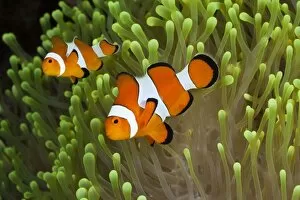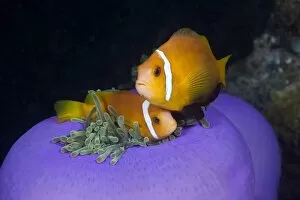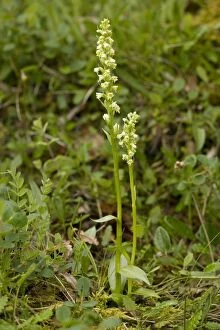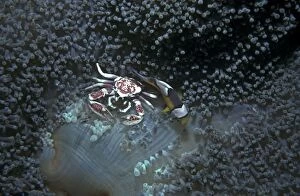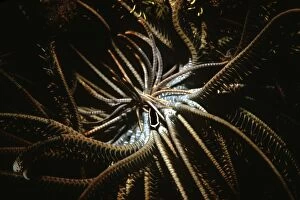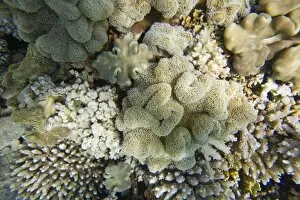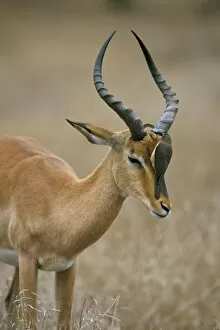Symbiotic Collection (page 9)
"Symbiotic Wonders: Nature's Perfect Partnerships" The Twoband anemonefish finds solace in the protective embrace of its host anemone
All Professionally Made to Order for Quick Shipping
"Symbiotic Wonders: Nature's Perfect Partnerships" The Twoband anemonefish finds solace in the protective embrace of its host anemone, forming a symbiotic relationship that benefits both. Fly agaric fungi and trees share a fascinating symbiosis, as these vibrant mushrooms provide nutrients to their tree hosts while receiving shelter and support in return. In the depths of Indonesia's Sulawesi Island, the Lembeh Strait reveals a remarkable sight - two Coleman shrimp thriving alongside their commensal partners. Cup lichen (Cladonia floerkeana) showcases nature's harmonious collaboration between algae and fungi, creating stunning patterns on rocks and trees. Lichen (Teloschistes chrysophthalmus) demonstrates its incredible adaptability by forming mutually beneficial relationships with various organisms, including rocks or even other lichens. The False clown anemonefish dances among the tentacles of its host sea anemone, relying on this mutual bond for protection from predators lurking in the ocean depths. Witnessing the majestic Black rhinoceros roaming Africa's plains reminds us of their crucial role in maintaining ecosystems through symbiotic interactions with plants and other animals. Picture No. 11980889 captures a mesmerizing underwater scene where UW INDO 2021 expedition explores intricate coral reefs teeming with diverse marine life engaged in countless symbiotic partnerships. Red-billed Oxpeckers (Buphagus erythrorhynchus) play a vital role as they feed upon parasites infesting Wildebeests in Botswana's Savuti region—a perfect example of mutualism benefiting both species involved. DDE-90025563 & DDE-90025562 showcase captivating images portraying how different organisms rely on each other for survival—highlighting nature's intricate web of interdependence within ecosystems.

